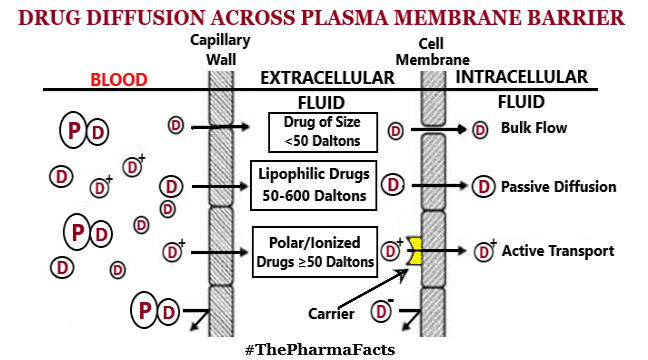Confusion Over Drug Efficacy & Potency

DRUG EFFICACY & DRUG POTENCY - Both of these are like TWO DIFFERENT beds in a single room!! - Often these two terms ‘Drug Potency’ & ‘Drug Efficacy’ are used relatively, but these are not synonymous & refer to different characteristics of the drug - So, this is the article from where you may clearly understand the difference between these two terms which we mentioned earlier as two different beds in a single room! ...


